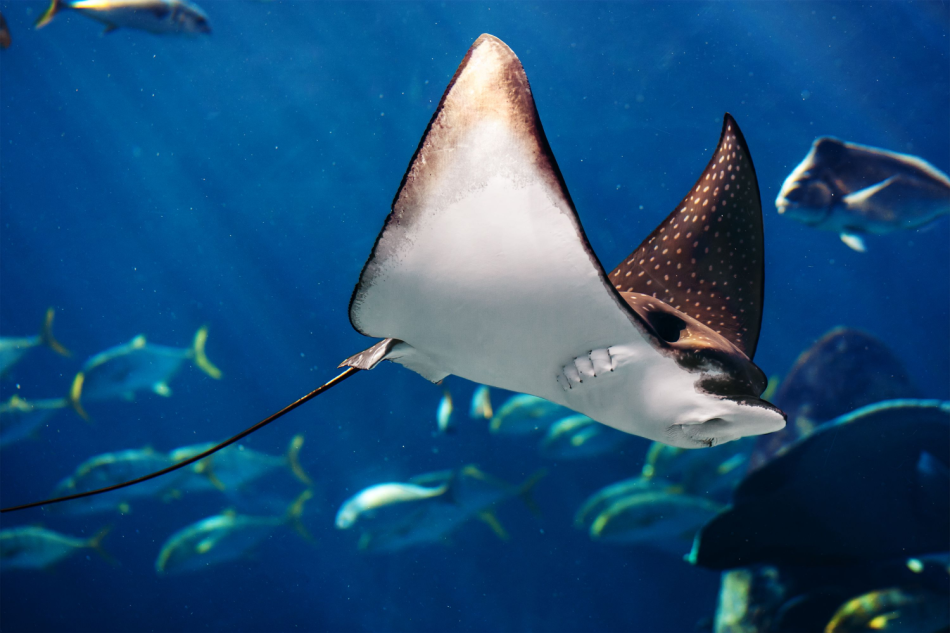For the first time ever, 193 nations have reached a conservation agreement on the High Seas Treaty, which intends to designate 30 percent of international waterways as protected areas by 2030. This pact is essential for the achievement of the Global Biodiversity Framework and represents a milestone in discussions that began in 2004.
Rena Lee, president of the International Conference on Marine Biodiversity of Areas Beyond National Jurisdiction (BBNJ), declared to a standing ovation at the United Nations (UN) headquarters in New York on March 4: “Ladies and gentlemen, the ship has reached the shore.”
The High Seas Treaty
The deal was reached after 38 hours of intensive negotiations, following years of impasse over fishing rights and financial concerns. During the last two weeks of discussions, the agreement appeared at times to be in jeopardy, with the major issue being the equal distribution of marine genetic resources (MGR).
In pharmaceuticals, industrial processes, and food production, MGR derived from deep-sea sponges, seaweeds, and bacteria is proving to be an increasingly advantageous and lucrative development area. As the majority of funding for exploration and commercial interests in MGR comes from wealthy nations, it is understandable that poorer nations were concerned about access to these resources and their benefits.
In the newly proposed protected zones, governments agreed to impose restrictions on fishing, shipping routes, and deep-sea industries like mining, which would need new environmental review procedures. It has to be defined how these protected areas will be administered and how funding will be distributed.
Elaine Baker, UNESCO Chair in Marine Sciences at the School of Geosciences, University of Sydney, Australia, stated, “Currently, data provided by mining companies to the International Seabed Authority on the environmental impact caused by their deep-sea mining is very limited. We hope that the treaty will force change to increase transparency and help protect marine biodiversity in the deep ocean.”
Protecting international waters
This is a momentous milestone in the acknowledgment of international waters that exist outside state borders and account for roughly two-thirds of the oceans. The last agreement was struck in 1982, with the United Nations Convention on the Law of the Sea. This agreement delineated the high seas, but just 1.2 percent of these waters have been designated as protected until now.
Olaf Meyneck, manager of the Whales and Climate Research Program at Griffith University in Queensland, Australia, remarked, “The high seas have been subject to unregulated resource extraction, mostly fisheries, for many decades causing increasing impacts on migratory species such as whales.” He goes on to say, “As the world’s oceans are under pressure from global change including pollution, fisheries and climate change, protecting at least 30 percent will help to reduce some of these impacts and secure marine biodiversity for coming generations.
According to the International Union for the Conservation of Nature (IUCN), approximately 10 percent of marine species are threatened with extinction, with climate change affecting 41 percent. Preserving and protecting biodiversity is essential for the life of the planet.
This agreement promises to keep the Kunming-Montreal Global Biodiversity Framework on track since it pledges to protect 30 percent of land and water rich in biodiversity by 2030.
“Our ocean requires action”
“What happens on the high seas will no longer be ‘out of sight, out of mind,'” said Jessica Battle, Senior Global Ocean Governance and Policy Specialist for WWF, who headed the WWF team at the UN deliberations. “We can now look at the cumulative impacts on our ocean in a way that reflects the interconnected blue economy and the ecosystems that support it.”
The draft treaty will now be evaluated for technicalities and translated into the six official UN languages prior to its formal adoption at a subsequent meeting.
“Ocean advocates worldwide can savor this moment years in the making,” said Battle. “But this is not a finish line. For the treaty’s good intentions to deliver results on the water, we’ve got to keep the pressure up.” She goes on to explain that as soon as the nitty-gritty details are ironed out and the treaty is ratified, it must enter into force so that it may be implemented; “Words are important,” she says, “but our ocean requires action.”












